Whittling down any genre to its five greatest features is, in itself, a thankless task, destined to piss off far more people than it will validate. Horror cinema in particular, largely built upon the fervent passion of its dedicated fanbases, is more than prime territory to have any dissenting voices reach for the closest chainsaw. But we here at this site love ourselves a challenge, and in honour of this year’s encroaching Spooky Season, the air has become just chilly enough to celebrate with our Top 5 Horror Films of All Time.
To clarify, the difficulty of this list extended beyond the possibility of rubbing fans the wrong way or placating a sense of elitism—which will no doubt be an accusation thrown our way by some. Rather, with horror in particular, there’s a fine line to be established between which films might be the best, and which might be the scariest. If we were to go by the vague delineation of whatever films fall under the horror umbrella, then a film like Jaws could easily top this list—it is arguably, however, designed more to invoke blood-pumping thrills than keep you up at night with a tingle in the spine. Similarly, while a film like I’m Thinking of Ending Things may very well be the most (existentially) terrifying piece of filmmaking of this entire century, one would strain to label it directly as a “horror” film. Therefore, in continuing to embrace challenge, we’ve tried to highlight those films that strike the best balance between cinematic achievement and primal scares.
Honourable Mentions:
Naturally, a list of the 5 best horror films ever made would necessitate more than a few glaring omissions, so to briefly name a few films that just missed the cut, special mention should be made for these classics and classics-in-the-making: David Cronenberg’s The Fly, Luca Guadagnino’s Suspiria (yes, this is going to be one of those lists!), Get Out, Titane, Hereditary, The Blair Witch Project, The Skin I Live In, recent smash hit The Substance, and The Shining. Similarly, owing to that aforementioned difficulty in directly defining “horror,” films like Psycho, The Silence of the Lambs, The Lighthouse, American Psycho, Funny Games and I Saw the Devil just miss the cut. And apologies to all the Scream soldiers out there, but prepare for disappointment…
5. Rosemary’s Baby (1968)
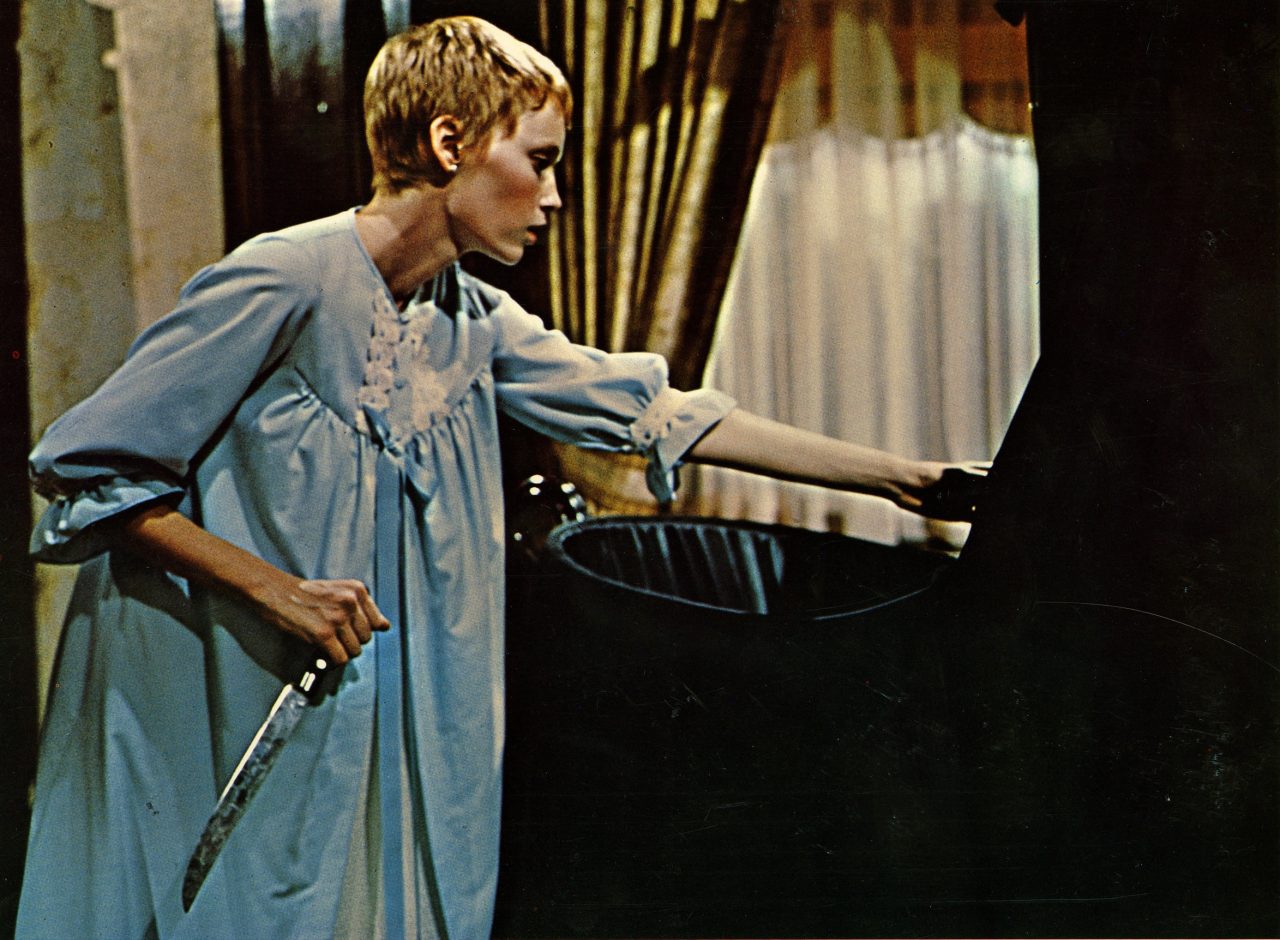
What could be scarier in 2024 than having to heap praise upon Roman Polanski? Sadly, Rosemary’s Baby (as evidenced by its recent slog of a prequel Apartment 7A) truly is one of the most singularly upsetting and gripping depictions of domestic imprisonment ever filtered through the horror lens and committed to celluloid. Guided by Mia Farrow’s fragility, Rosemary’s Baby casts impending motherhood in a shroud of complete and utter desolation that may very well discourage any prospective parents from taking that next step, lest they risk spawning the son of Satan. Claustrophobic and viscerally charged, Polanski’s camera accentuates the paranoia at the film’s centre to create a truly subjective and consequently terrifying view of American life at the critical cultural turning-point that was the 1960s. Not only does Rosemary’s Baby play to that cultural discussion, but it becomes a crucial contributor to it as well, unapologetically diving into the murky decrepitude of a social milieu more than willing to eat its own.
4. Nosferatu, the Vampyre (1979)
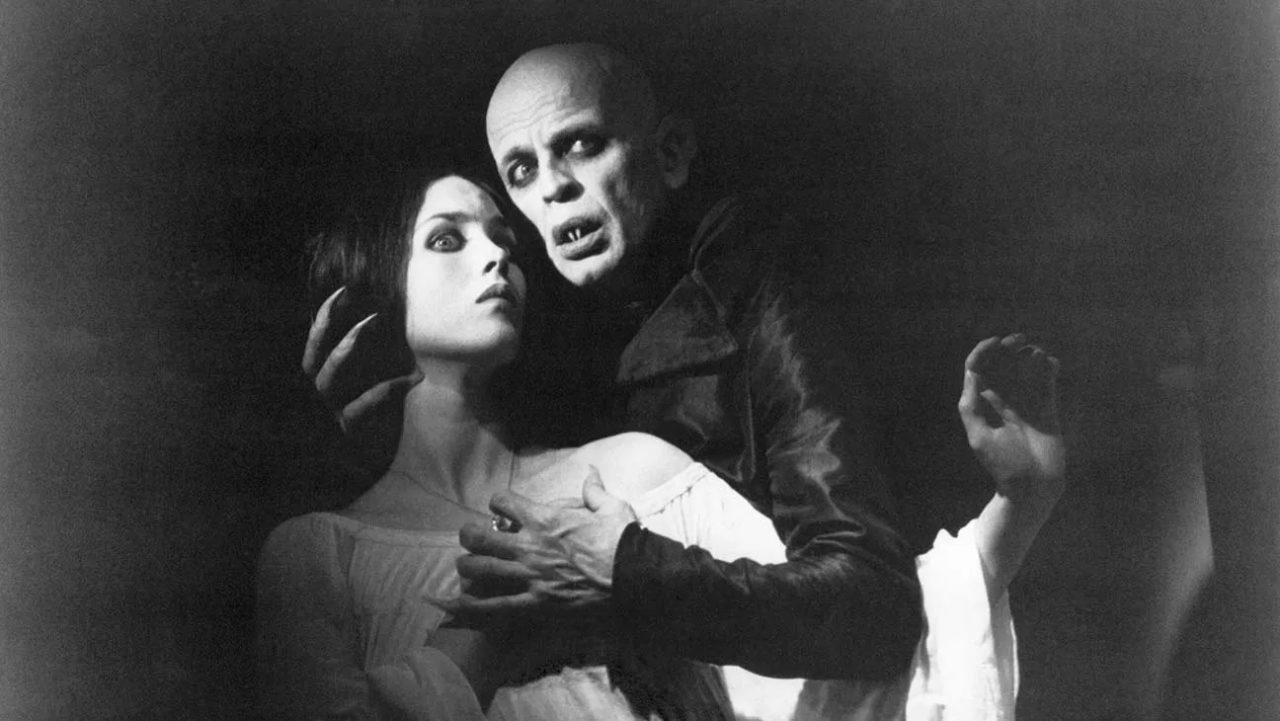
If you were paying attention to those honourable mentions, you may have remarked a particular interest in certain horror remakes—a seemingly sacrilegious notion given how much modern Hollywood has conditioned us to be wary of these sorts of retreads like the plague. Nosferatu, the Vampyre is different, as even though it’s remaking possibly the most celebrated horror film of all time, Werner Herzog imbues F. W. Murnau’s material with his distinct sense of poetic melancholy that gives his own adaptation its own warranted (and superior) sense of atmosphere. Though some might argue that this is a prime example of horror cinema that isn’t necessarily “scary,” Herzog’s genius lies in casting his version of the titular bloodsucker as a figure whose fear-inducement comes as a result of his own tragedy; we as viewers aren’t terrified at the sight of Klaus Kinski’s Nosferatu because of the prospect of becoming his victims, we’re terrified at the prospect of becoming him. Through Kinski’s parasitic but ultimately softened presence under Herzog’s foggy, operatic mise-en-scene, Nosferatu, the Vampyre mines true terror from a shiver of the spine that makes its way down to the darkest depths of your soul.
3. Alien (1979)
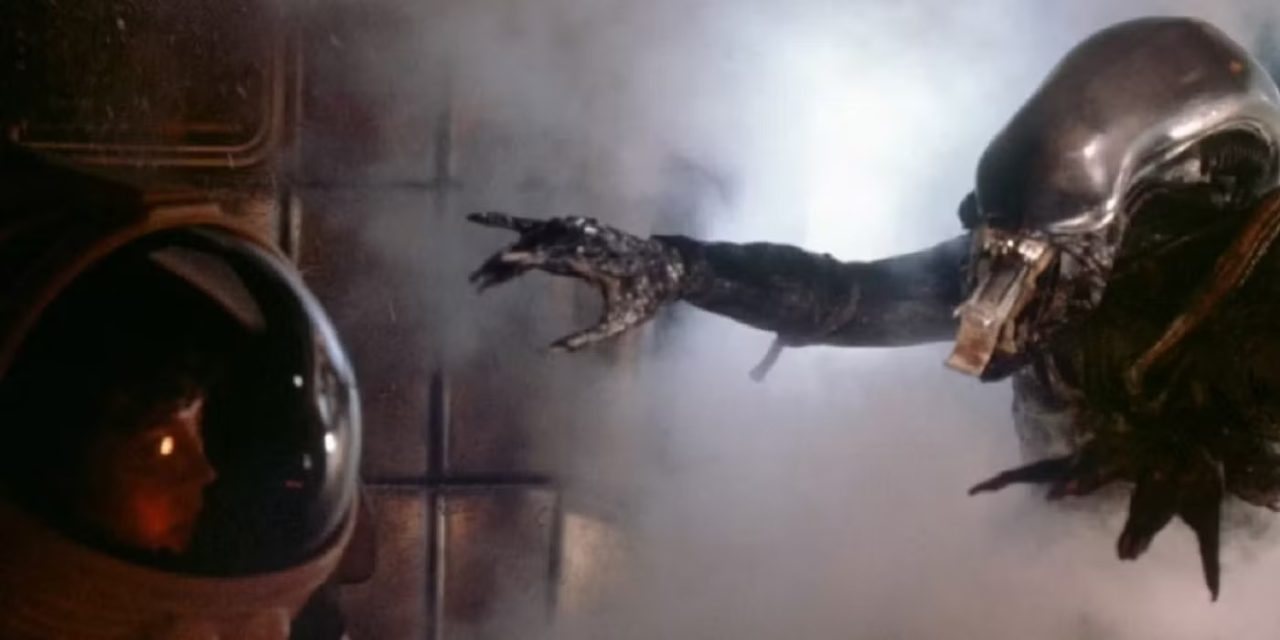
The Alien franchise has never really topped what Ridley Scott accomplished with his 1979 original (the recent disaster Alien: Romulus more than exemplifies that), partially because what made Scott’s film work so well was its simplicity. Simplicity of vision, simplicity of character, simplicity of setup; that’s all you need to make the story of a killer alien on a spaceship into one of the most enduring pieces of media in any genre. Alien allows its bare-bones approach to suck you into a world whose crumbs of development—beaten to death in subsequent outings—only push the notion that all that worldliness is galaxies away, separated by a few feet of steel and an empty void of interstellar darkness. In here, your only company is an eyeless murder-machine, and Scott knew exactly how to spin that basic idea into a masterclass of tension and release.
2. The Thing (1982)
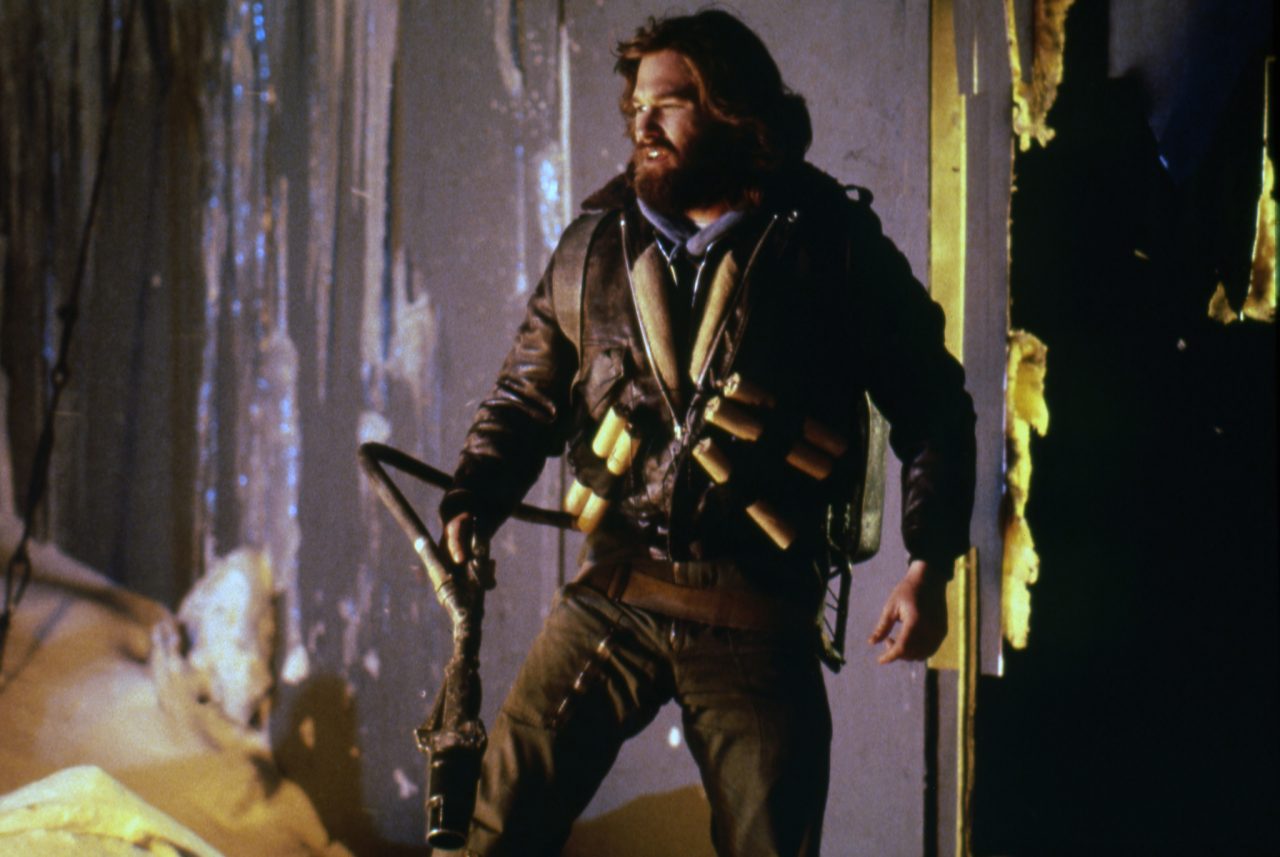
Dangerously close to “Is this really a horror film, or just a thriller?” territory, John Carpenter’s best film skirts that line, like Alien, through the use of incredible tension and true dread in the face of hopeless circumstance. The Thing, like its namesake, can take on many forms, and Carpenter’s uses of thriller pacing and action-film dynamism under a sci-fi setting coalesce into an experience that never loses sight of the danger driving all of these moving pieces. Thanks to Rob Bottin’s landmark creature effects, The Thing comes to life with a singular grasp of fear not only of the Thing itself, but in the paranoia and distrust that its presence breeds in those around it. The real horror of any film, as we all know, is society (stares Joker-ly), and Carpenter stays right on target to focus that broad terror into the most confined and remote of settings one can find on this planet.
1. Climax (2018)
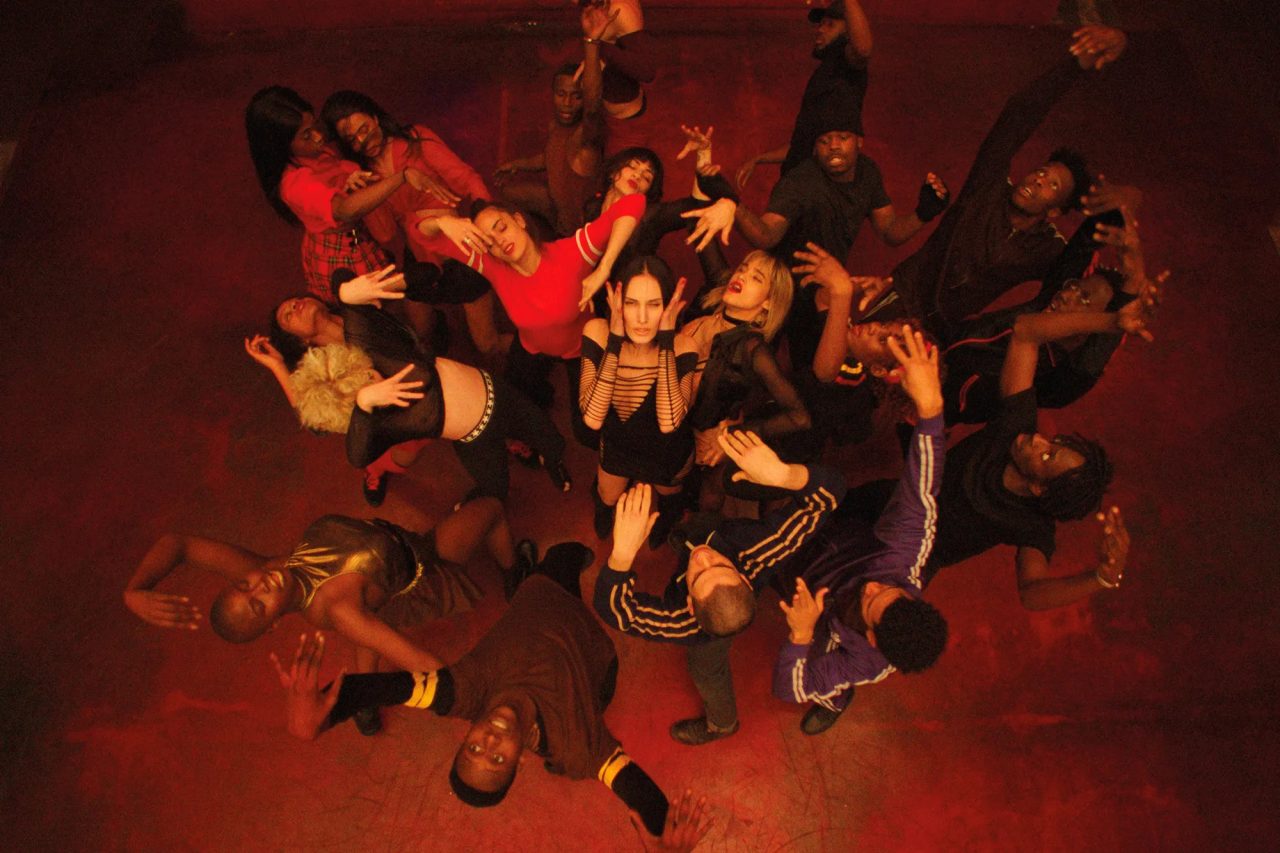
That’s right. The only horror film from the 21st century to appear on this list—and outrank every classic that did (and didn’t) make the rest of the list—comes in the form of a French extremity film that the average viewer may not even consider in their top 100. In truth, when trying to strike the balance between best horror filmmaking and scariest films, Gaspar Noé hits the bullseye about as perfectly as one can ask for with Climax. Shot mainly in breathtaking long takes that put you squarely in the minds of a group of dancers tripping off a bowl of LSD-spiked sangria, Noé utilizes his craft to sink us into a world where time stands still while everyone is in perpetual movement, utterly horrified by visions we’re never afforded the chance to see ourselves. What these visions lead to—how they make these characters behave—however, is shown to us in all its sadistic glory, allowing Climax to fully penetrate that part of our brain that wants to look away, but simply can’t; our repressed trauma will thank Noé for that later.
Discover more from
Subscribe to get the latest posts sent to your email.
